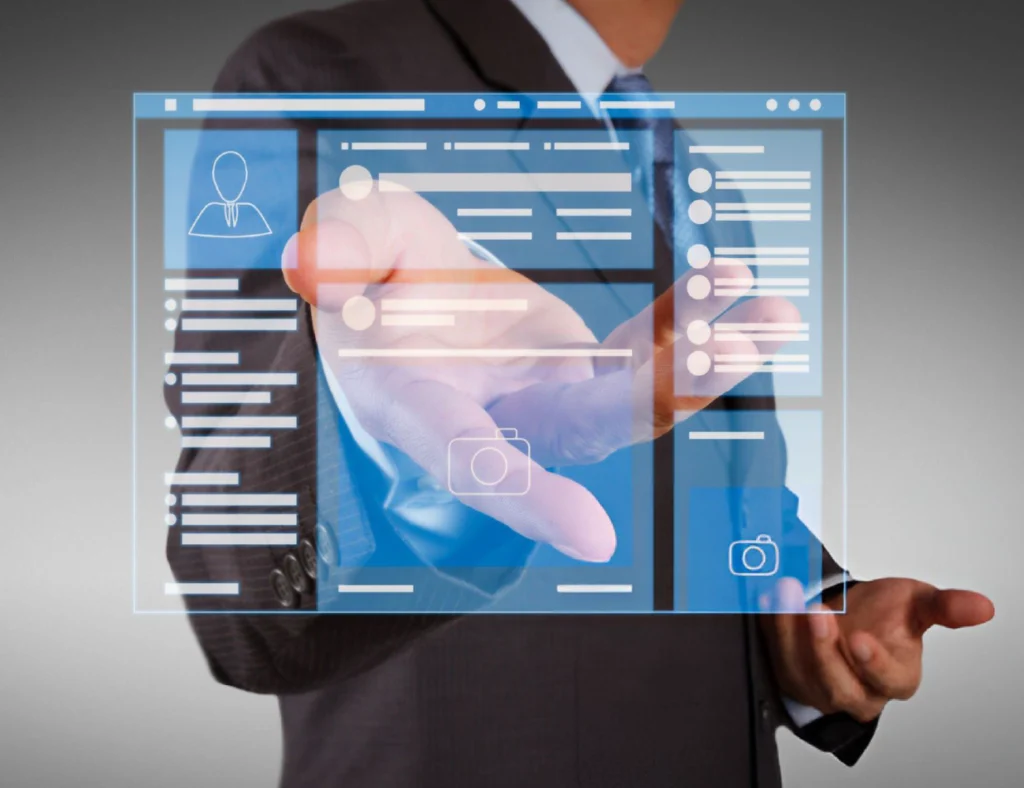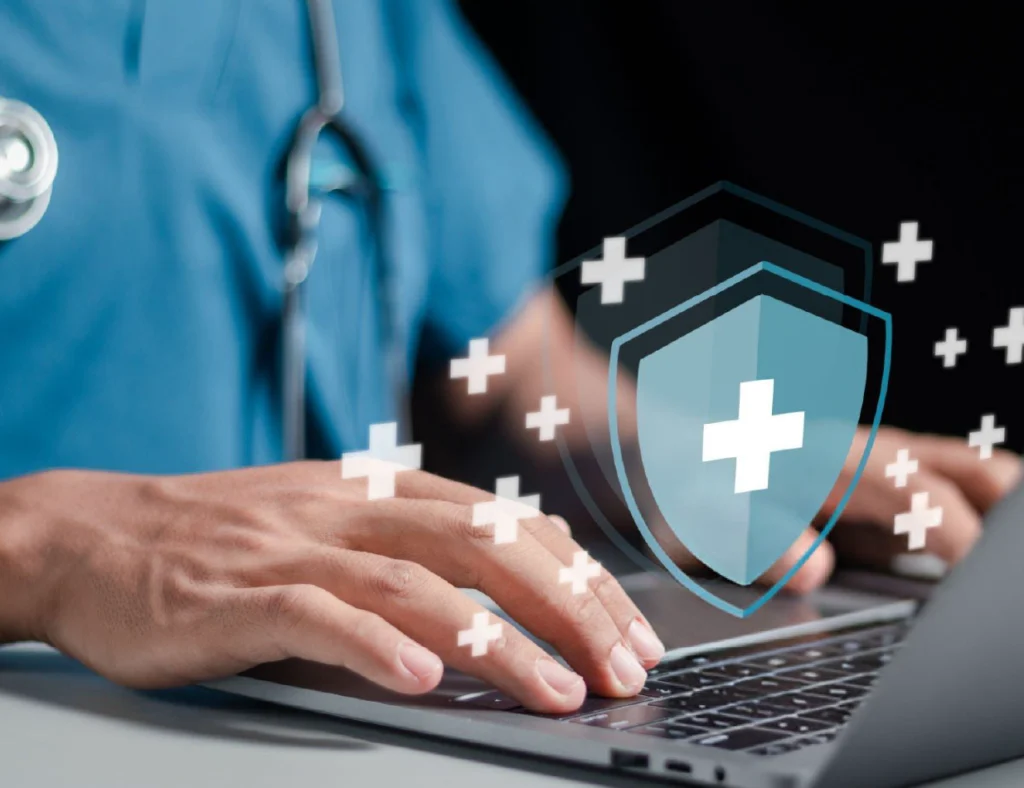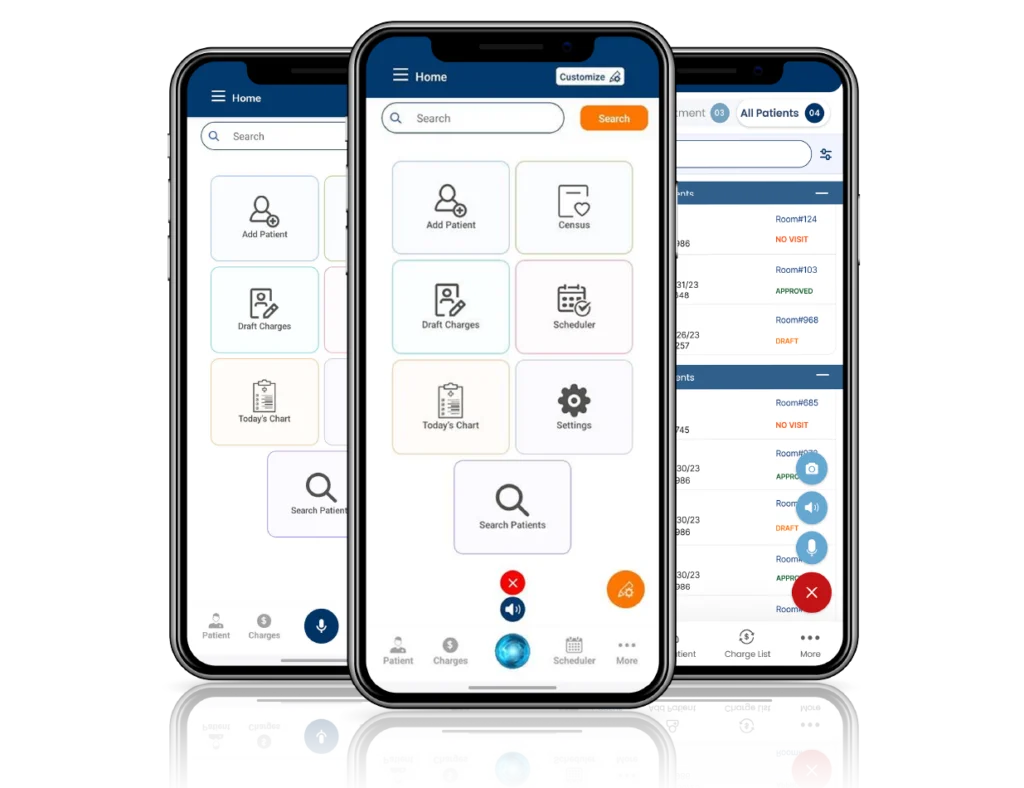
How MaxRemind Charts is Overcoming Traditional Charting Challenges
Challenge #1: The Time-Consuming Burden of Documentation
The Traditional Pain Point: Ask any healthcare provider about their biggest daily challenge, and many will point to the sheer volume of time spent on administrative tasks. From manual data entry and transcribing notes to inputting patient demographics, this paperwork often spills over into personal time, contributing heavily to provider burnout.
The MaxRemind Charts Solution: MaxRemind Charts transforms documentation from a chore into a seamless, hands-free process.
-
Voice Command Charting:
Our AI assistant, Max, lets you speak your notes naturally. With simple voice prompts, you can add patient information, update records, and even manage billing without ever touching a keyboard. MaxRemind Charts captures the patient encounter in real-time, allowing you to stay present with the patient. -
Automated Data Entry:
The app features smart automation that populates relevant data across forms, eliminating redundant entries and freeing up your time for more critical tasks.

Challenge #2: The Risks of Inaccurate and Inconsistent Records
The Traditional Pain Point: Human error is an inevitable part of any manual process. With traditional charting, this could mean anything from typos and illegible handwriting to inconsistent data capture. These errors can lead to serious consequences, including misdiagnoses, delayed care, and legal liabilities.
The MaxRemind Charts Solution: Accuracy is built into the core of MaxRemind Charts.
-
AI-Assisted Documentation:
MaxRemind's AI assistant provides automated suggestions for coding and documentation based on your voice commands, which helps ensure accuracy and compliance. -
OCR (Image-to-Text) Conversion:
Need to digitize old paper charts or rounding sheets? Simply snap a photo, and MaxRemind Charts instantly converts the handwritten notes into structured, editable text. This minimizes the risk of human error from manual transcription. -
Standardized Templates:
Customizable, specialty-specific templates ensure all necessary fields are completed, promoting consistency and completeness across every patient record.

Challenge #3: Lost Revenue and Billing Inaccuracies
The Traditional Pain Point: Manual and outdated billing processes are notorious for causing revenue leakage. Incorrect or incomplete coding often leads to claim denials, delayed payments, and extensive time spent on appeals, harming your practice’s financial health.
The MaxRemind Charts Solution: MaxRemind Charts connects clinical documentation directly to your revenue cycle.
-
Real-Time Charge Capture:
The app captures charges at the point of care, ensuring no service is missed. As you document an encounter, the billing information is automatically synced, allowing for faster claim submission and reimbursement. -
Automated Coding:
The Max AI Assistant auto-fills CPT/ICD codes using an AI-powered search, reducing the risk of manual coding errors and boosting billing accuracy. -
Reduced Claim Denials:
By ensuring thorough documentation and accurate coding, MaxRemind Charts significantly reduces claim denial rates, thereby improving cash flow.

Challenge #4: Limited Accessibility and Security Gaps
The Traditional Pain Point: Physical charts are vulnerable to damage, loss, and privacy breaches. Many legacy EHR systems are restricted to desktop computers, limiting providers’ mobility and access to patient information, especially in dynamic clinical settings.
The MaxRemind Charts Solution: MaxRemind Charts is a secure, cloud-based mobile solution designed for the modern healthcare professional.
-
Anytime, Anywhere Access:
Chart from your smartphone or tablet, whether you’re in the hospital, rounding, or at a remote clinic. Its mobile-first design provides full functionality and up-to-date patient information wherever you are. -
HIPAA-Compliant Security:
Your patient data is protected with robust, bank-grade encryption and access tracking, ensuring full regulatory compliance and maximum security. -
Seamless Integration:
MaxRemind Charts integrates smoothly with your existing EHR system, creating a single, comprehensive source of truth for all patient data. It also works perfectly with our robust Maximus EHR, offering a fully connected ecosystem.

The Charting Revolution Has Arrived
The challenges of traditional charting are immense, but with MaxRemind Charts, they are no longer roadblocks. By combining AI, mobile technology, and seamless integration, MaxRemind empowers providers to focus on what they do best: delivering high-quality patient care. The future of medical documentation is here, and it’s smarter, faster, and more intuitive than ever before.

- What makes MaxRemind Charts different from traditional EHR systems?
-
Unlike clunky, desktop-only systems, MaxRemind Charts is a mobile-first, AI-powered solution that streamlines documentation. It reduces manual work, ensures accuracy, and gives providers the flexibility to chart anytime, anywhere.
- Can I use MaxRemind Charts alongside my existing EHR system?
-
Yes, MaxRemind Charts integrates seamlessly with existing EHR systems. It works as a mobile extension, allowing you to document on the go while syncing data into one central, accurate record of patient care.
- How does MaxRemind Charts help reduce claim denials?
-
By capturing charges in real time and using AI-assisted coding, MaxRemind Charts minimizes billing errors. Accurate documentation ensures that claims are complete and compliant, leading to fewer denials and faster reimbursements.
- Is MaxRemind Charts secure for sensitive patient data?
-
Absolutely. MaxRemind Charts uses HIPAA-compliant, bank-grade encryption with detailed access tracking. This ensures maximum data security and full regulatory compliance, so providers can work confidently without worrying about privacy breaches.
- Can MaxRemind Charts save providers time during documentation?
-
Yes, providers can dictate notes using voice commands, auto-populate forms with smart automation, and digitize paper records with OCR. This reduces paperwork and frees up valuable time to focus more on patient care rather than admin tasks.
